Math fact fluency is a large component to a student’s ability to quickly and confidently solve math problems. Fact fluency has had controversy over the years regarding why it’s important, how to practice, and how often to practice. Let’s break it down and talk about just how to build fact fluency with your students.
Math Fact Fluency Definition
Let’s start by establishing a definition for math fact fluency. Math Fact Fluency is not just about accuracy in solving problems. It is a student’s ability to accurately and efficiently solve a math problem, while being flexible and using an appropriate strategy. Nothing in this definition refers to a time limit, number of problems solved, or using one specific strategy every time. This is where controversy has stemmed from in years past. As primary teachers, it is important for us to begin laying the foundation for fact fluency through using best practices, teaching multiple strategies and consistent daily practice.
Daily Fluency Practice
Daily fluency practice is extremely important for a students success in developing strategies, speed, accuracy, and confidence. It is important to incorporate some form of daily practice into your students math block. There are a variety of ways to incorporate fact fluency into your day. You can read about how I incorporate daily practice here. I have read many books, read the research and created a routine that works for my students. Some of my favorite books on Fluency are:
- Math Fact Fluency by Jennifer Bay-Williams
- Figuring Out Fluency in Mathematics by Jennifer Bay-Williams
- Developing Numeral Fluency by Patsy Kanter
- Building Fact Fluency Toolkit by Graham Fletcher and Tracy Johnston Zager
Number Sense and Numeration
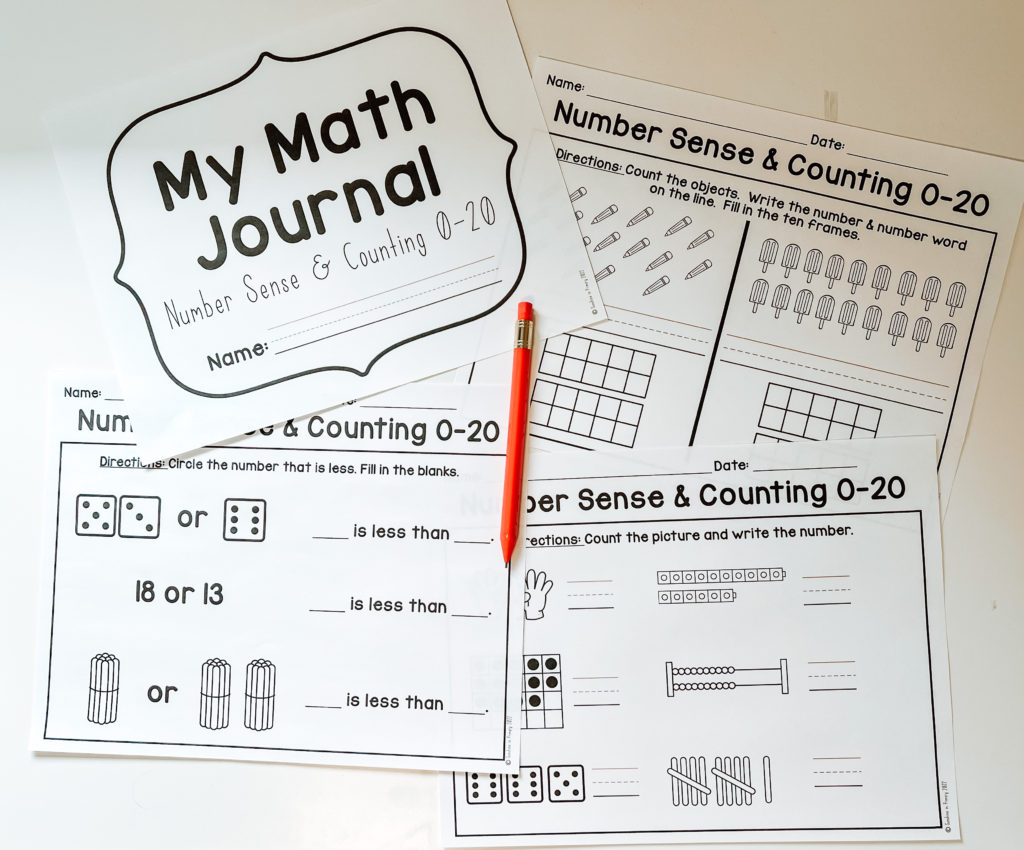
When we are thinking about where our students start with building fact fluency, we need to start with number sense and numeration. So often, we hear that number sense stops after kindergarten, however, this should not be the case. Number sense activities should advance as students advance grade levels and it should be practiced through first grade maybe even into second. For example, in kinder students should be working on numbers to 100 but only practicing fact fluency to 5. Then, in first grade they are focused on numbers to 120 but fluency to 10. By second grade they are using numbers to 1,000 but still working on fluency to 20. This progression to to ensure students have ample time to develop a variety of strategies that they can use accurately and quickly.
There are a number of ways to practice number sense and numeration. Some of my favorites are:
- Number Talks
- Picture Chats
- Subitizing
- Number Matching
- Representing Numbers
- Math Journals
Addition Fact Fluency
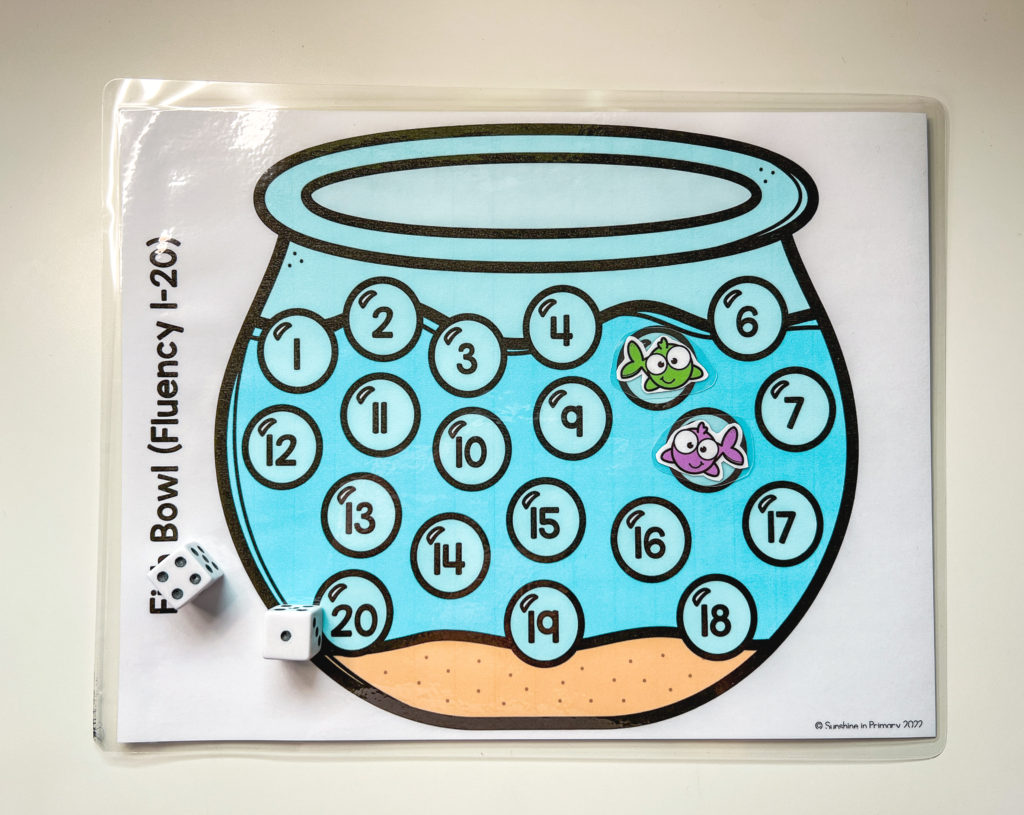
Once students are ready to move past just number fluency. It is time to start practicing addition fact fluency. Many primary grade levels have addition fact fluency standards. Therefore this practice should follow that same progression. Students should first work within 5, then 10, finally reaching sums to 20.
Some of my favorite ways to practice addition fact fluency are:
- Mental Math Word Problems
- Daily Math Review
- Addition to 5 Games
- Addition to 10 Games
- Addition to 20 Games
Subtraction Fact Fluency

Similar to addition, students should begin practicing subtraction fluency when they are ready. This will also follow the 5, 10, 20 progression. Subtraction is often something your students can practice simultaneously with addition. I like to spend a week focusing on addition fact fluency, then flop to a week of subtraction fluency. I also still throw in number fluency. In the beginning stages of subtraction fact fluency you should not be working on the relationship between addition and subtraction. That is the next step in the progression, however, some of your students will begin making that connection on their own. That’s the goal!
Some of my favorite ways to practice subtraction fact fluency are:
- Mental Math Word Problems
- Problem of the Day
- Daily Math Review
- Subtraction within 5 Games
- Subtraction within 10 Games
- Subtraction within 20 Games
Addition and Subtraction Fluency Practice
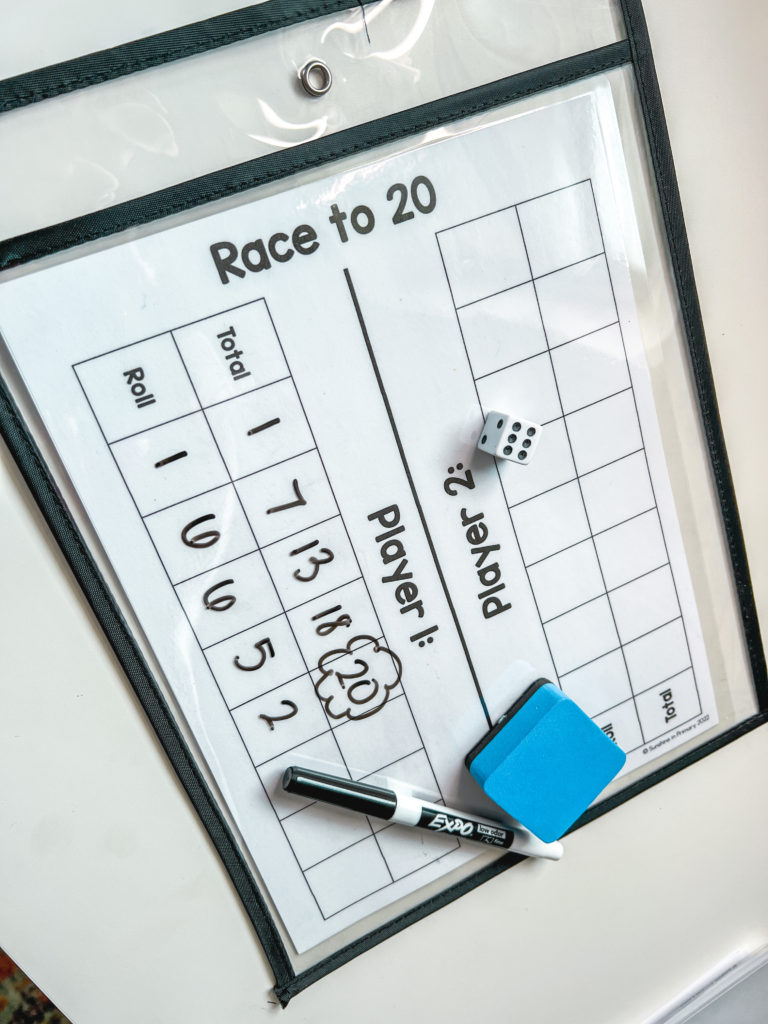
The last step of fluency practice, before multiplication and division, is practicing addition and subtraction together. Once students have built a good toolbox of strategies to solve addition and subtraction problems, they are ready to expand into the relationship of the two. Remember, it is still important to practice number sense, addition exclusively and subtraction exclusively. When students are able to practice all of these strategies interchangeably that is where the magic happens. This is where they develop efficiency, flexibility and confidence.
Some of my favorite ways for addition and subtraction fluency practice are:
- Problem of the Day
- Mystery of the Day
- Picture Chats
- Daily Math Review
- Games
This just grazes the surface of the magic of fact fluency! There is much more where that comes from!
If you want to read more about my daily fluency routines, fluency activities, daily math review and more check out my blog here.

*This post contains affiliate links, this means if you shop some of these links I can earn a commission on eligible items.
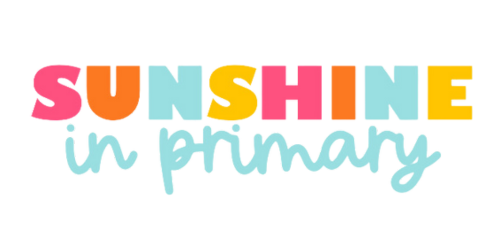





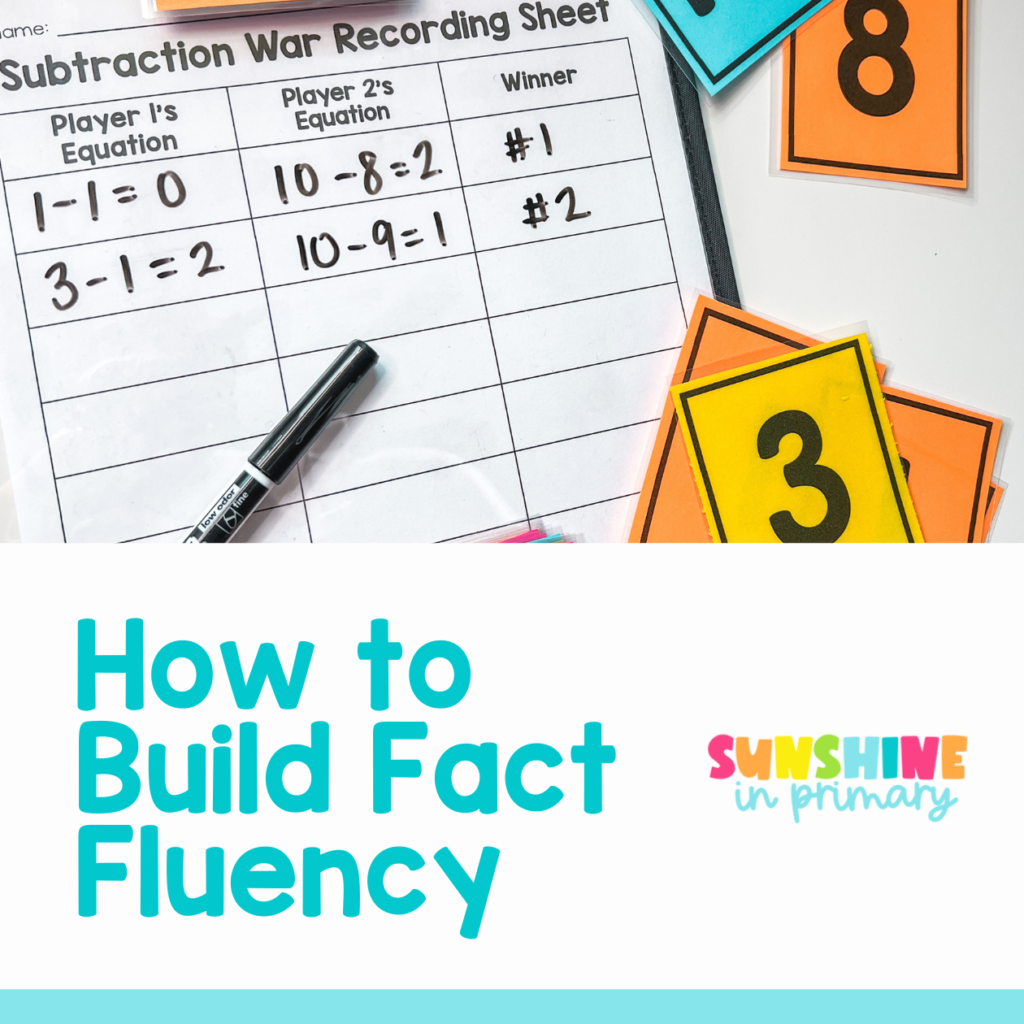

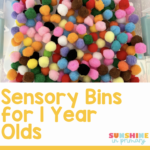

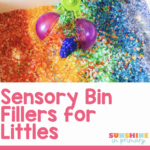
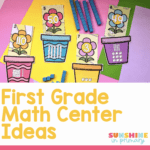
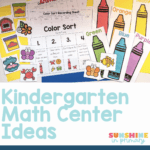
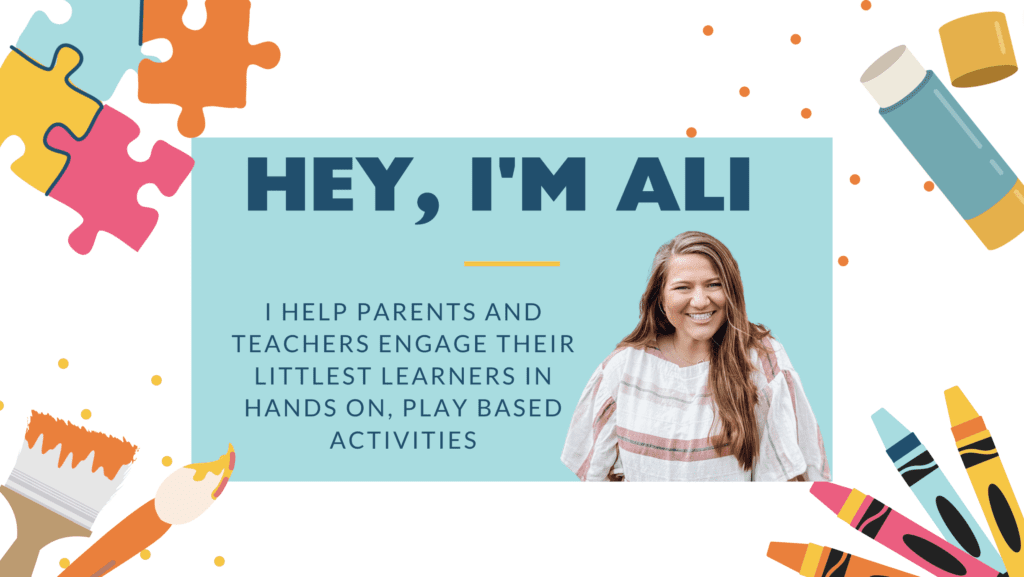

One Response